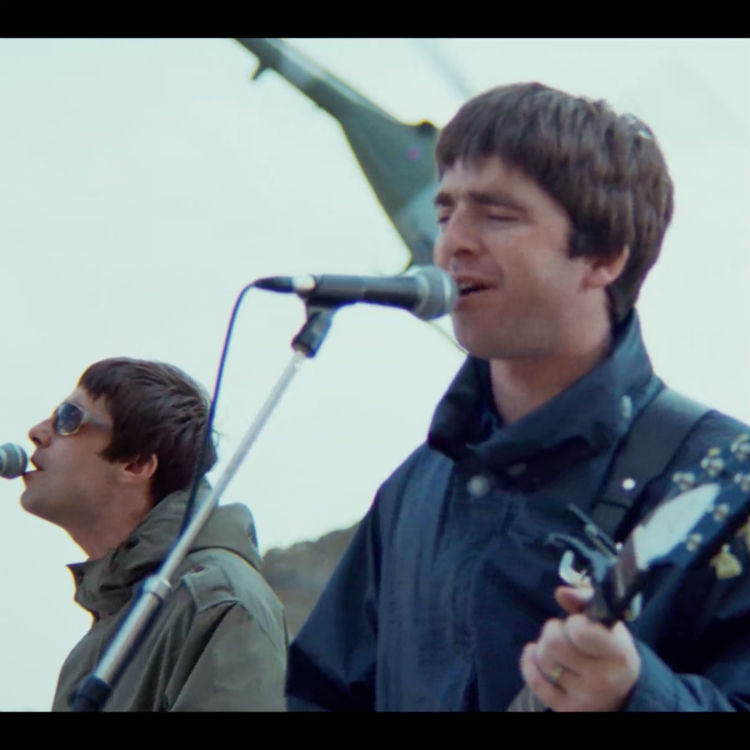.jpg) Photo:
Photo:

In the four-years since Liverpool was declared European Capital of Culture 2008, the city has seen its centre undergo a process of unprecedented regeneration. The project is by no means complete, and the cost of this undertaking has been, in the main, covered by funds received from the EU. The long-term cost to the local inhabitants has yet to be fully realised, and debate rages as to whether more of the fund shouldn’t have been spent redeveloping some of the more rundown suburbs of the city. However, one thing all seem united upon is that 2008 is to be Liverpool’s year; an opportunity to show the world what it’s made of, and under the banner of European Capital of Culture 2008, the city will seek to sell itself, appropriately enough, in terms of its cultural significance. And although it has long punched above its weight in terms of notable artists, poets, novelists, playwrights and thinkers, there is one aspect of culture that, above anything else, has come to represent Liverpool’s artistic output - Music.
And so, on a rainy night at its newest building, the 10,000-seater Echo Arena Liverpool, the city chooses to kick off its year-long celebration of itself with Liverpool – The Musical: a 700 cast strong affair, exploring the city’s developmental, social and cultural history; set against some of its best-known musical output.
After a bit of Carl Jung and the staged spectacle of one of the lighting technicians nearly falling to his death whilst attempting to fix some lighting ‘problems’, things get under way with the No Fakin’ DJs who, perched at the top of the 100ft high web of scaffolding covering the entire back wall of the stage, spin up an onslaught of hip hop which gradually builds into a twisted, ‘Hendrix-at-Woodstock’ take on ‘Rule Britannia’. It’s at this point that the impressive sight of the Royal Liverpool Philharmonic Orchestra is revealed, innovatively arranged amongst the web of scaffolding. Led by Vasily Petrenko, they proceed to accompany the three DJs in a bombastic twenty-minute performance that careers from ‘Rule Britannia’ to ‘Land of Hope and Glory’ to ‘Jerusalem’ and some other chest-beating, recognisably jingoistic stuff. It’s a superbly realised, exhilarating performance; worlds colliding, and all the more poignant for the backdrop imagery, which graphically depicts Liverpool’s infamously murky links with the slave trade. The music does seek to evoke a sense of the patriotic, but when juxtaposed with such imagery, the tone becomes equally questioning and subversive. It’s a characteristically Liverpool move, this: loud, disrespectful, brash, full of itself whilst equally critical of itself - it’s the kind of paradox that is at the heart of the city’s sense of identity.
The use of imagery, which is projected onto netting draped over the Orchestra scaffolding, depicting the city’s fortunes through the years is evident throughout the show. Echo and The Bunnymen’s performance of ‘Nothing Lasts Forever’ is set against video footage of Liverpool being decimated during the Blitz; The La’s (who are criminally not present) ‘There She Goes’ accompanies some social realism style documentary audio and visual footage of Liverpool’s post-war regeneration, tenement housing giving way to high rise flats – you can picture the rest.

The Wombats mark the second highlight of the night with an enthusiastic peal through their brilliant new single ‘Moving to New York’, which stands out against some of the more familiar offerings of the evening purely for the fact that, along with the No Fakin’ DJs, this is music of the here and now; contemporary Liverpudlian culture in 2008. It is brittle, edgy, engaging and melodic, and is executed with verve.
As a spectacle the whole affair’s very well executed; the context of the imagery set to music is sometimes a little off, but there are moments of rare brilliance: most of which owe a huge debt to Vasily Petrenko and the RLPO. Perennial nearly men Shack get to live out their Forever Changes fantasies when they are afforded orchestral backing for a sublime version of ‘Pull Together’ from 1999’s 'H.M.S. Fable'. Pete Wylie receives the same courtesy, singing the overly schmaltzy, affectedly prescient ‘Heart as Big as Liverpool’ - whilst wearing a gold lame suit! Amongst all this is the stunning sight of lycra-clad rope dancers gyrating 30ft in the air; astronauts floating around to ‘All You Need Is Love’ and an audaciously brilliant Beatles mashup from the No Fakin’ boys, underpinned by a Superfly heavy bass line ( it’s what 2005’s The Beatles: 'Love' album promised but failed signally to deliver). There are hundreds of torch-bearing children, laughably bad teenage hip hop from Riuven, yet more Beatles songs from Garry Christian and a gravel voiced Connie Lush pub singing her way through ‘I Put A Spell On You’.
All that’s left is the headline act.
And so, after some platitudes for the people of Liverpool and an empty threat: “I’m that close to moving back”, Ringo Starr (now physically incapable of not constantly doing the ‘peace’ sign – his mate Paul suffers a similar problem with his thumbs), Dave Stewart and their band plunge headfirst into their genuinely terrible new single ‘Liverpool 8’. Words fail. Better, in fact much, much better, is ‘With A Little Help From My Friends’ which, although momentarily beset by sound issues - and continually beset by that fucking voice - goes down a storm with a devotional ten-thousand strong crowd. To wrap things up, the (lest we forget) ex-Beatle calls to the stage the rest of tonight’s acts for a rousing version of John Lennon’s ‘Power To The People’ - Pete Wylie manfully leading the cast of hundreds whilst Starr himself looks to be having a genuinely great time jumping up and down at the back of the stage, like a demented schoolkid on a Ribena high.
The last sung words of the night belong to Wylie: “Power to The Wombats / Power to The Wombats, right on”. Although Liverpool the Musical works well on the whole - it’s a staggering achievement, and visually well realised - you can’t help wondering whether a trick wasn’t missed in not involving some more of the city’s more contemporary acts. Because if Liverpool is to really prove that it still punches above its weight artistically, then it needs to fully embrace its future, and perhaps spend a little less time looking to its past.




















